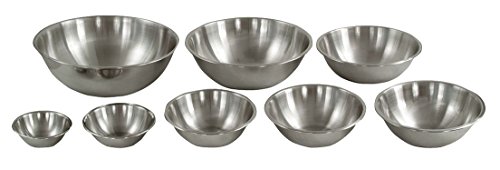
Austenite is a solid solution of iron and carbon that comes into existence above the critical temperature of 723☌. Austenitic stainless steelĪustenitic stainless steel has austenite as the primary microstructure. Based on the microstructure, they can be classified into four major categories. There are many grades and surface finishes of stainless steel available depending on the environment the metal is expected to withstand.

Walt Disney Concert HallĪ few industries that use stainless steel extensively: At the same time, large panels with a certain surface finish may cover whole buildings. For example, the uses include making minuscule parts for wristwatches. The use-cases vary from industry to industry. Today, we can see stainless steel pretty much everywhere. Next, it found its way to the chemical industry. Its first use was in cutlery but due to its corrosion resistance properties. It is preferred where the properties of steel and corrosion resistance are required in tandem. Stainless steel is an exceedingly versatile material. This makes it a relatively eco-friendly material. In fact, half of all stainless steel production is from scrap metal.

Stainless steel is also 100 per cent recyclable. This makes finding a suitable option for your needs possible. Also, a wide range of stainless steel finishes is available for choosing.īesides polished finishes, a whole range of patterned and coloured surfaces are available. Increased demand results in availability in standard as well as non-standard sizes. With an increase in demand, production has increased making it more affordable than ever. More applications are being discovered with every passing year as its advantages become more widely identified. Stainless steel has been used with phenomenal success in various industries for over 70 years. This mechanism allows for retaining a spotless appearance for long periods under normal working conditions. This layer acts as a shield against further corrosion essentially making the alloy rustproof. The chromium in the alloy creates a passive layer on oxidation when exposed to air. Stainless steel contains a minimum of 10.5% of chromium that improves its corrosion resistance and strength. Its distinguishing characteristic is the high amount of chromium.

The carbon percentage can range from 0.03% to 1.2%. The term stainless steel is used to describe a family of about 200 alloys of steel with remarkable heat and corrosion resistance properties. Stainless steels are a group of steels that are resistant to corrosion through the addition of alloying elements. We know that steel is an alloy of iron and carbon with a maximum carbon content of 2.1%.


 0 kommentar(er)
0 kommentar(er)
